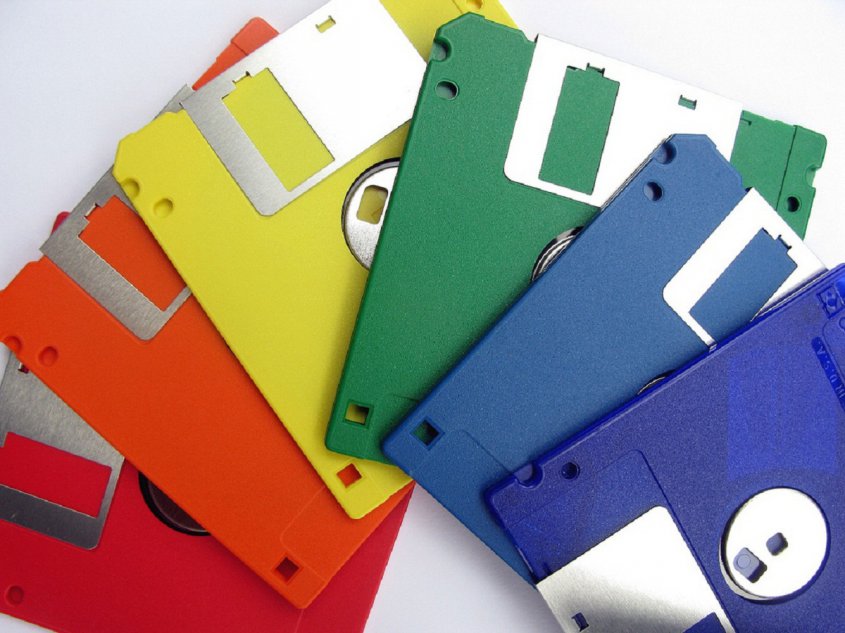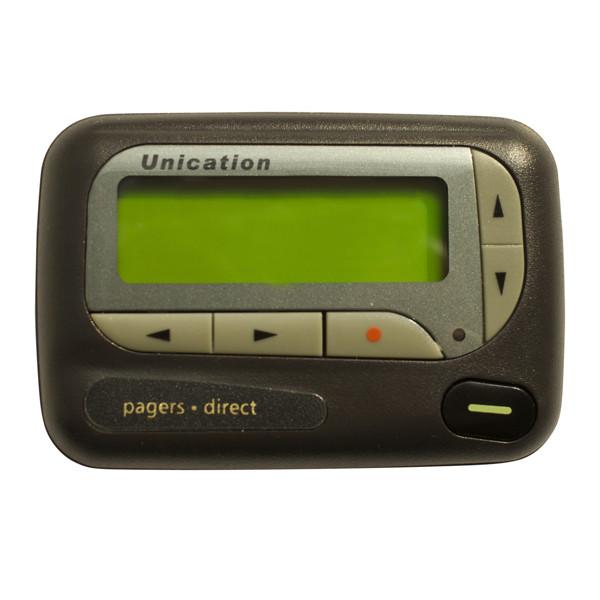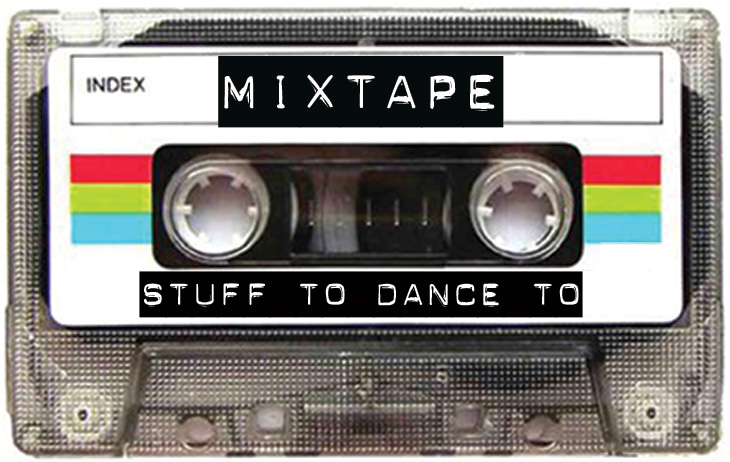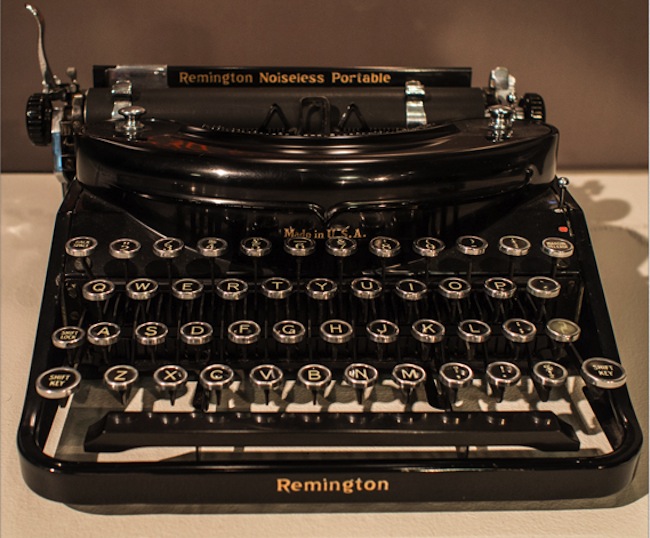Children tend to be able to navigate the latest technology with consummate ease. But what about the technology that their parents grew up with… much of it now obsolete? Do today’s kids have a clue what a floppy disk is, or a pager? A recent You Gov study surveyed more than 2,000 children aged 6-18 in the UK to find out.
First, two-thirds of children don’t know what a floppy disk is. Some identified it as a computer’s ‘save’ icon. The first floppy disk – which measured 8in (20cm) – was developed by IBM to replace tape drives in the late 1960s, and made commercially available in the 1970s. A 5.25in (13cm) disk came next. Then Sony followed suit with the 3.5in (9cm) disk in 1981. In 1984, IBM introduced the high-density floppy disk for the PC. It could store 1.2 megabytes of data: at the time, impressive capacity. Times have changed: just compare that to a Kingston USB flash drive today, which can store 2TB – nearly 1.7 million times the amount of information.
More than five billion floppy disks were sold per year worldwide at their peak in the mid-1990s. Today, you might find one gathering dust in a seldom-opened desk drawer. If you’re lucky.

With a quarter of children aged six-or-under owning a smartphone, an antiquated pager is a baffling proposition to 86% of those surveyed. Developed in the 1950s and 1960s, these small personal radio receivers were widely used by the 1980s. They can receive and display numeric, alphanumeric or voice messages – which are broadcast via a network of radio transmitting antennas.
But they’re not entirely obsolete just yet. Pagers are still used in certain fields such as in hospitals and by the emergency services: for receiving urgent messages, they can be more efficient than mobile phones.

For some of us, the cassette may evoke fond memories of recording the Top 40 from the radio or creating heartfelt mix tapes for your latest crush. For others, including 40% of children, it draws a blank. The biggest electronics retailer in the UK, Curry’s, stopped selling music cassettes in 2007. But sales already had seen a slow decline in the previous 15 years as music fans were attracted to shiny, new compact discs and then to digital downloading.

Those who sing the praises of vinyl will be pleased to know that almost three-quarters of today’s children are able to identify a record player – a much greater number than those who can recognise cassette tapes. It seems vinyl is seeing a resurgence, with one study finding that over half of consumers prefer physical formats. This is especially the case among 18-24 year olds.

Typewriters also seem to have stood the test of time, with only 27% of children unable to name them. That being said, one slightly muddled young respondent described a typewriter as “a thing you write movies on”.

One of the most surprising findings of the survey? Even though today’s phones look so different, only 4% of children were unable to identify an old-style rotary telephone. Perhaps some of their grandparents have hung on to these retro devices – or maybe, as with the floppy disk and the save icon, it’s because the emoji for ‘telephone’ bears an uncanny resemblance to a rotary telephone.
In some ways, extinct technology still lives on – even if it is sometimes used as a symbol for the tech that succeeded it.


